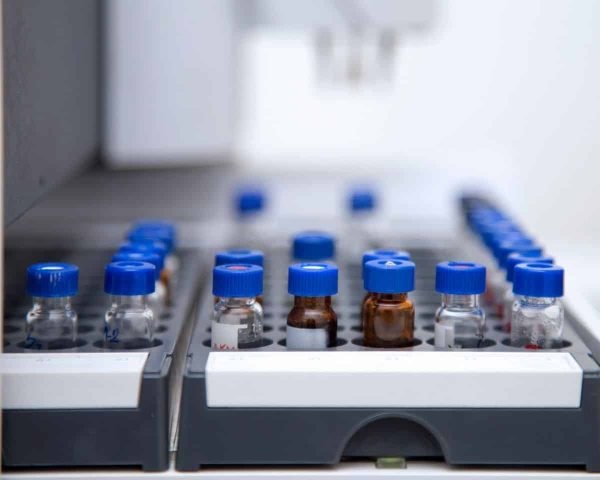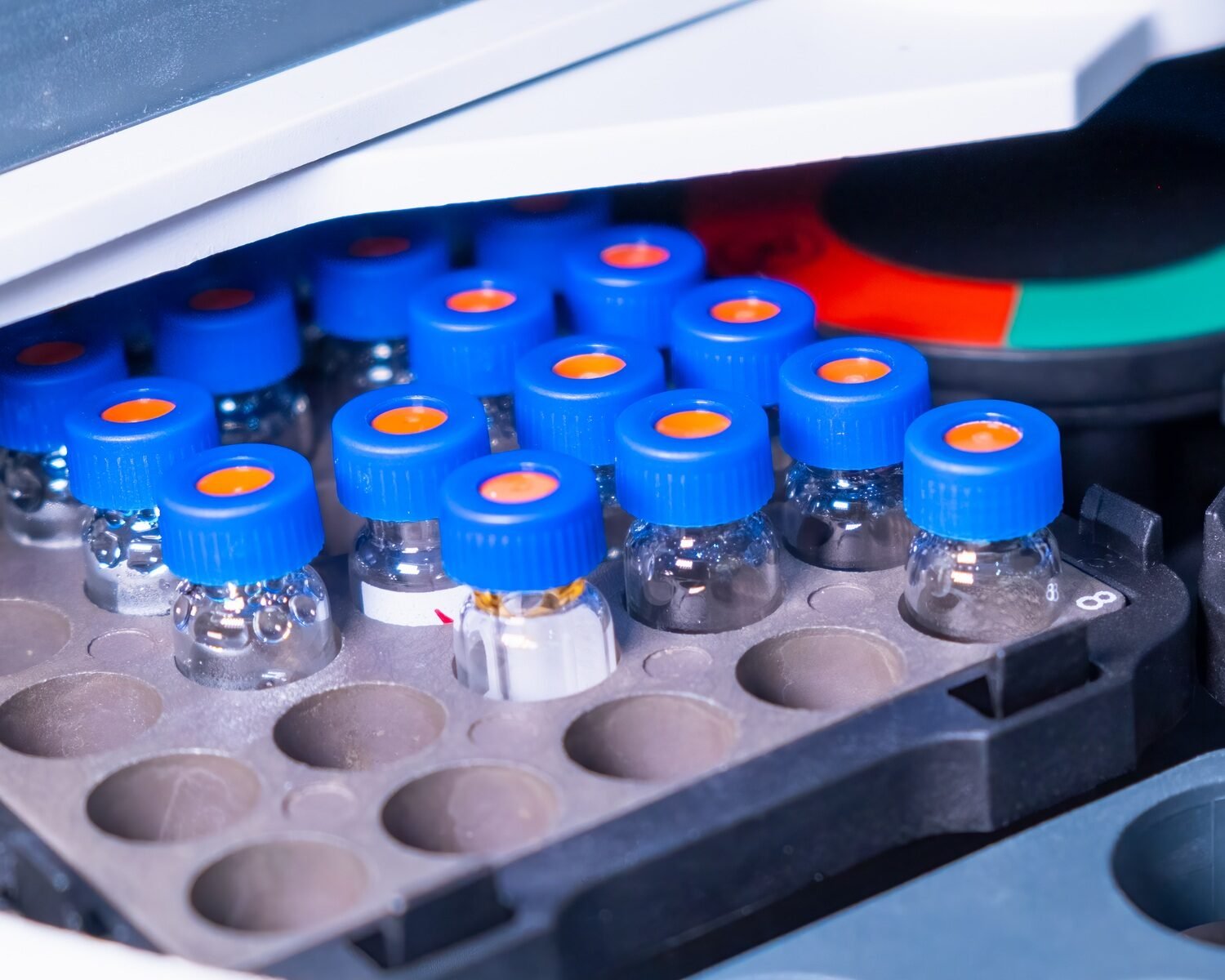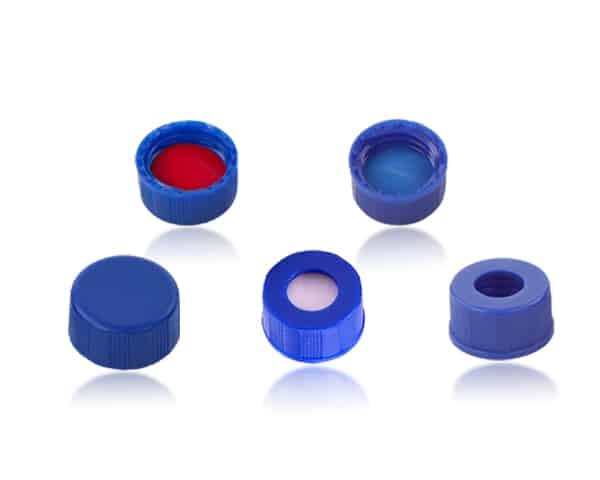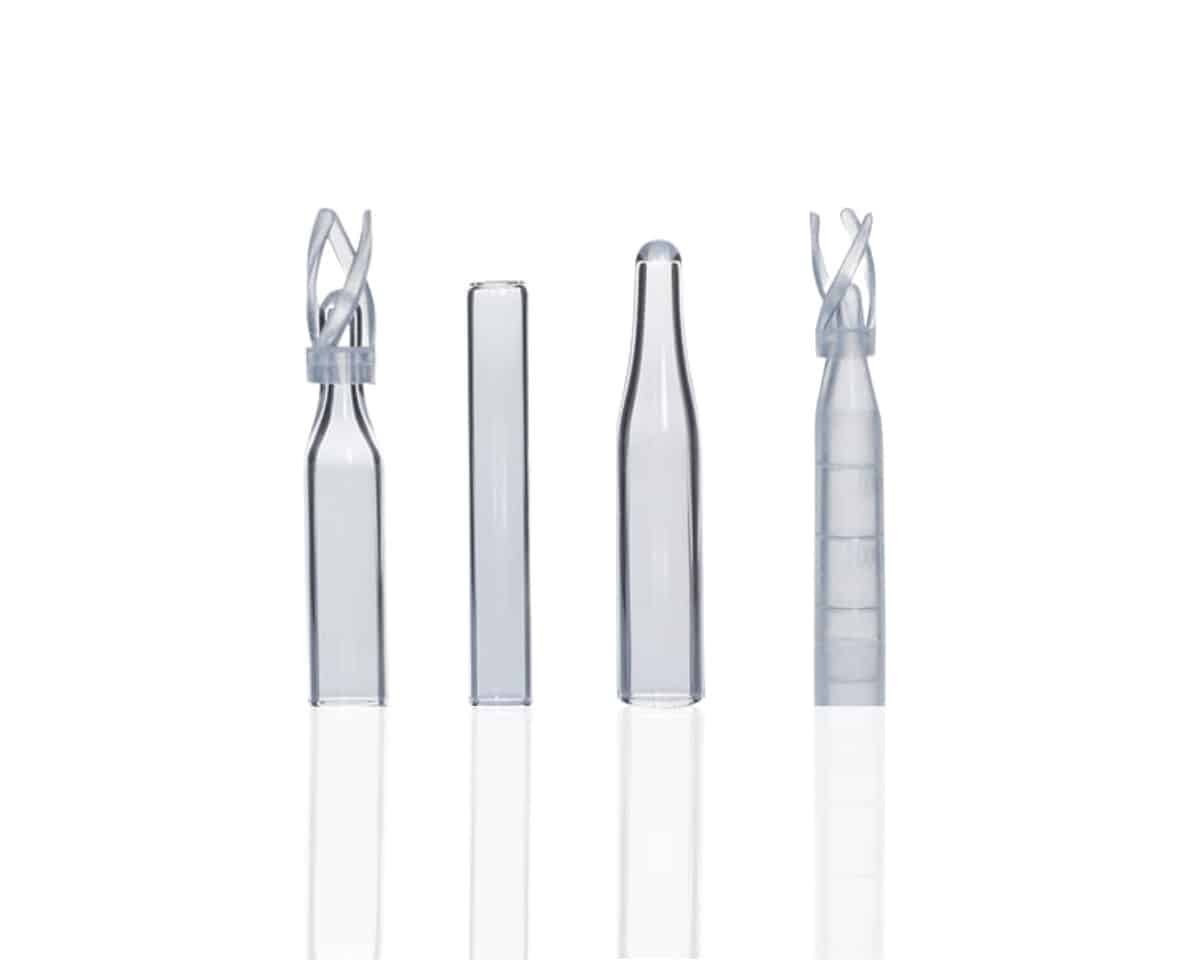Chromatography—have you heard of it? If you’ve ever been curious about how scientists separate complex mixtures, chromatography is one of their key tools. It’s fascinating how this method can break down everything from gases to liquids, allowing chemists to dive deep into the core components of substances. But what does that mean for you? Let’s walk through its uses, and perhaps you’ll see how this technique impacts everyday life and the industries around us.
What is Chromatography?
Chromatography is a powerful technique used in chemistry to separate mixtures into their individual components. It’s like sorting a bag of colorful candies based on color, but on a molecular level. Whether in liquids or gases, this method can break down compounds to identify, purify, or quantify them. The most common types include Gas Chromatography (GC), Liquid Chromatography (LC), and High-Performance Liquid Chromatography (HPLC), with each having its own set of specific applications. How does this apply to everyday uses? Well, that’s where it gets interesting!

Everyday Applications of Chromatography
1. Pharmaceutical Testing
When it comes to medicine, purity is critical. One of the primary uses of chromatography, especially HPLC, is in drug development and quality control. Chromatography ensures that drugs are pure, safe, and at the right potency before reaching the market. Imagine being able to pinpoint even the smallest impurity in a life-saving drug—chromatography makes that possible! But don’t just take my word for it. Would you feel comfortable knowing your medicine passed this rigorous testing?
For example, many pharmaceutical companies rely on HPLC to ensure that the ingredients of a medication are correctly dosed and free of contaminants. This precise testing means fewer side effects and more effective treatments. Curious how that works? Chromatography breaks down the ingredients, allowing chemists to ensure the formula is just right. It’s like quality control on steroids, but without the side effects! (source: PubMed)
2. Environmental Monitoring
Ever wondered how scientists test water quality or track pollutants in the air? Chromatography is the backbone of many environmental tests. Whether analyzing the purity of groundwater or detecting air pollutants, it helps researchers understand the environment’s health and detect harmful substances like pesticides or heavy metals.
Take air pollution monitoring, for instance. Chromatography can separate complex air samples to detect volatile organic compounds (VOCs) that might be harmful. These insights help drive cleaner air initiatives. Isn’t it incredible to think that a single process can influence policies aimed at keeping our planet healthy? (source: EPA)
3. Food and Beverage Testing
Yes, chromatography even finds its way into your kitchen. Food safety is a massive concern, and chromatography ensures that what we eat is free of harmful contaminants like pesticides or additives. Ever wondered how companies ensure that your favorite juice doesn’t have harmful chemicals? That’s chromatography at work! It helps identify any unwanted chemicals and ensures food purity before it hits store shelves.
Wine and coffee, in particular, are often tested using gas chromatography to ensure their flavor profiles are consistent and free from contaminants. So, the next time you enjoy a glass of wine, know that chromatography played a part in perfecting its taste. Amazing, right? (source: FDA)

Industrial Applications of Chromatography
1. Petrochemical Industry
Chromatography is also vital in refining oil and gas. In the petrochemical industry, gas chromatography (GC) is extensively used to analyze crude oil samples, ensuring the composition is right for processing. It can detect trace elements of sulfur, nitrogen, and other components, helping refineries optimize their processes.
The beauty of this? It’s all about efficiency and cost-saving, ensuring that oil refining happens as cleanly and effectively as possible. What’s the impact on you? Lower fuel costs and a smaller carbon footprint.
2. Forensic Science
Crime scene investigations aren’t as simple as they look on TV. Chromatography is a critical tool in forensic labs, helping analyze blood, urine, or even hair samples for drugs, toxins, or poisons. This technique allows scientists to piece together crucial evidence, providing insights into the causes of death or linking suspects to crimes.
Isn’t it fascinating how a single test can solve mysteries and bring justice to victims? The next time you see a detective show where they “run the samples,” just know that chromatography is behind the scenes making it all possible. (source: Forensic Science International)
How Does Chromatography Work?
At its core, chromatography involves a stationary phase and a mobile phase. A mixture is dissolved in the mobile phase, which moves through the stationary phase. The components of the mixture travel at different speeds, causing them to separate. The result? A breakdown of the mixture into its distinct parts.
HPLC, one of the most common types of chromatography, pumps the sample mixture through a column packed with solid adsorbent material. Different components of the sample interact with the adsorbent material in varying ways, separating out based on their properties.
This sounds a bit complicated, right? But in reality, it’s like baking a cake. The ingredients are mixed but then “baked” at different speeds, creating distinct layers or flavors. You may not see the separation, but the final product is a perfect balance of everything that went into it.
Why is Chromatography So Important?
Chromatography isn’t just about separating mixtures; it’s about solving problems. Whether you’re a scientist trying to identify unknown compounds, a forensic expert solving a crime, or a food safety specialist ensuring products are safe to eat, chromatography provides the precision and accuracy needed. It’s a silent hero, quietly revolutionizing industries and everyday life.
Do you see now why it’s such a big deal? With such a wide range of applications, it’s clear that chromatography is one of the most versatile tools in modern chemistry.
Conclusion
Chromatography might sound complex, but it’s incredibly valuable in a range of industries—from pharmaceuticals to environmental science and even forensics. Whether ensuring the purity of your water, the safety of your food, or the effectiveness of your medications, chromatography is everywhere, silently working behind the scenes. What do you think? Could this technique have more influence on your daily life than you realized?
Before I wrap this up, here’s a final thought: Next time you enjoy a glass of wine, or take a prescribed medication, you might just have chromatography to thank for its quality.
These videos provide a great visual breakdown of how chromatography works, making it easier to grasp the concept visually.
Do you agree that chromatography is one of the unsung heroes of science? I’d love to hear your thoughts!










